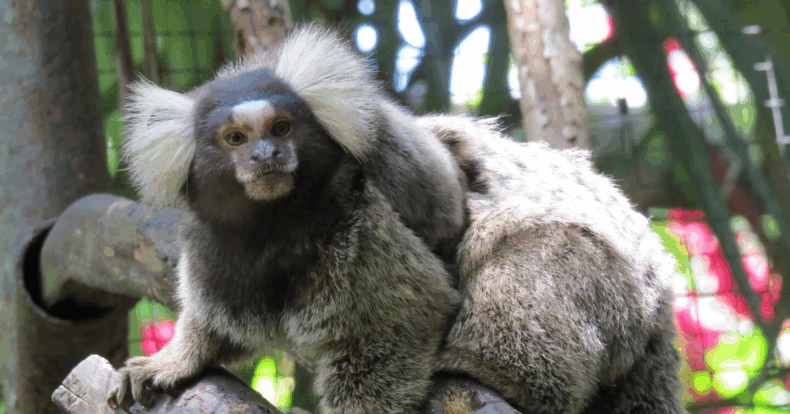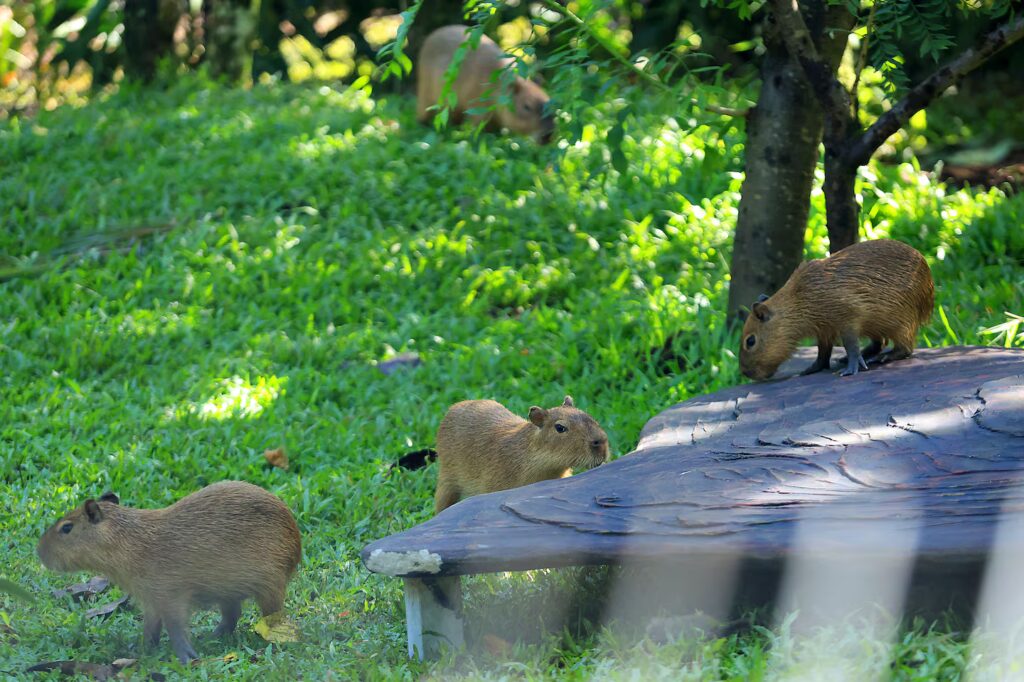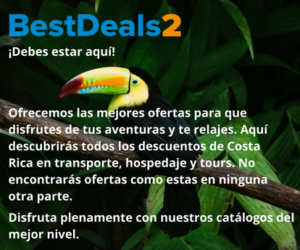Wildlife Rescue Center: Zooave wildlife conservation in Costa Rica

Wildlife Rescue Center (known as Zooave Animal Rescue) is a non-profit organization dedicated to protecting Costa Rican wildlife. Founded in 1989, this center is located in the province of Alajuela, on 34 acres of natural tropical forest, where it carries out essential work for the country’s biodiversity.
Their mission is to protect and restore Costa Rica’s biodiversity by rehabilitating wildlife, breeding endangered species, preserving habitats, and providing lifelong care for animals that, for various reasons, cannot return to their natural environment.
Hospital and Wildlife Rehabilitation Center
The heart of the shelter is its veterinary hospital, equipped with state-of-the-art technology such as a laboratory, X-ray machine, ultrasound, infrared camera, and micro laser. These tools allow specialists to treat injuries, diagnose diseases, and provide the necessary treatments so that the animals can recover their health and return to the wild.



In order to ensure proper and safe care, the hospital has separate areas for different species groups, including monkeys, birds, mixed mammals, reptiles, waterfowl, and birds of prey. This division is essential for controlling disease, reducing stress, and providing specific care according to each animal’s needs.
Care Process: From admission to discharge
- Initial medical evaluation: When an animal arrives at the center, it undergoes a thorough health examination. This step is essential for identifying injuries, illnesses, or emergencies, preventing contagion, and designing an individualized care plan.
- Quarantine: Newly admitted animals undergo a quarantine period of 2 to 6 weeks, depending on the species, their physical condition, or the severity of their injury. During this time, the spread of disease is controlled, their recovery is monitored, and personalized care is provided in a safe environment.
- Rehabilitation: After completing quarantine, a new medical evaluation is carried out to confirm that the animal is disease-free and able to continue its recovery process. Rehabilitation may include physical therapy, exercise, and an appropriate diet to help the animal regain strength, agility, and the behaviors necessary to survive in the wild.
- Behavior and socialization assessment: Before release, specialists assess whether the animal has redeveloped its natural survival skills. In many cases, grouping and socialization with individuals of the same species is encouraged so that they can learn or reinforce interactions that are essential for life in the wild.
A shelter for those who can’t go back
Although the main goal is release, some animals cannot return to their natural environment for health or adaptation reasons. For them, the center offers lifelong care in spaces designed for their well-being, where they can live in an environment that is as natural as possible.
Sensorial Sunsets
Navigate articles





